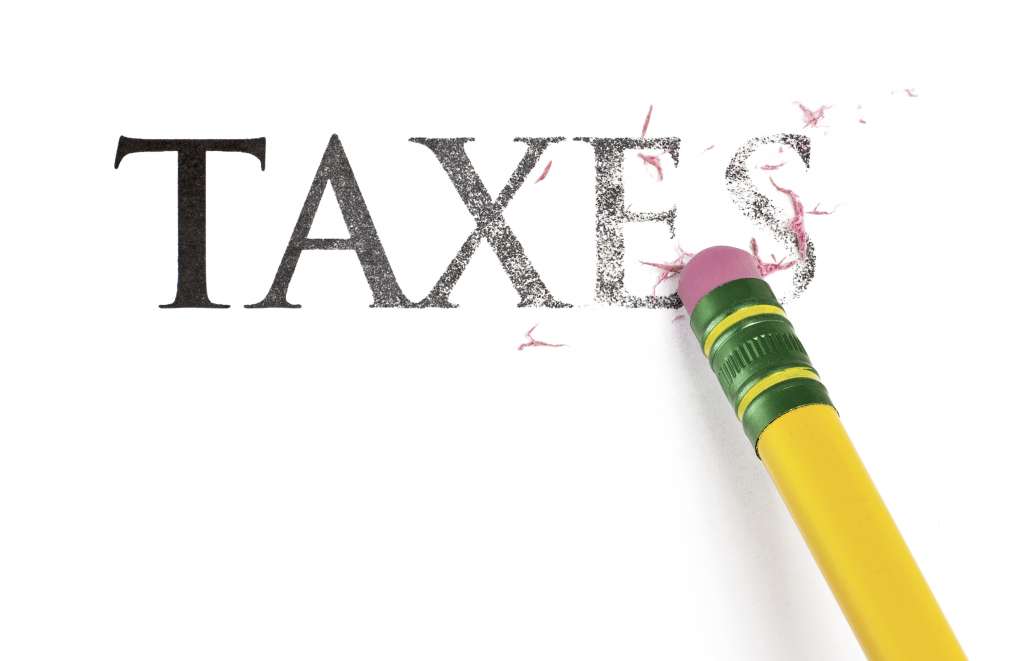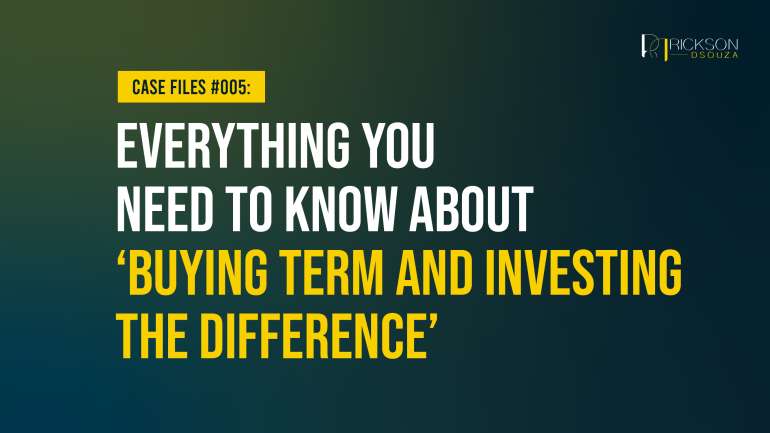Life Insurance policy shopping can be a confusing, overwhelming experience. More so now than ever before, with all the multitudes of advice and information that is one search result away.
Every blog and every video that you land on will likely end up answering the question that you are looking for an answer to, but not without also posing two new questions that you never thought of before. In the end, it all gets a little fuzzy.
One particularly common question that you have either asked yourself, or come across in your life insurance search adventures is, ‘Should I buy term insurance or a whole life policy?’ or in industry lingo ‘Term or Perm(anent)?’
Looking for an answer, you are likely to run into one more concept, equally ridden with questions: Buy Term & Invest the Difference.
For High Net Worth Individuals, this decision of which type of policy or solution to opt for can become a crucial investment decision.
In this article, I’d like to attempt to demystify the concept of ‘Buy Term & Invest the Difference’ for anyone considering this option. Let’s start with the basics.

What exactly is ‘Buy Term & Invest the Difference’?
There are a few popular types of policies that people consider when they think of purchasing life insurance. One is a ‘Term Insurance Policy’, which is a relatively inexpensive option, and the other is a ‘Whole Life Policy’ or ‘Universal Policy’.
With a term insurance policy, you pay a fixed premium for a fixed period of time (term), and during this term, your beneficiaries (spouse, heirs) are eligible to receive the stipulated death benefit. Terms can be anywhere between 5 years and 35 years, after which point you maybe allowed to renew the policy on an annual basis at fixed or increased premiums subject to health and age restrictions amongst other things.
Whole life policies, as the name suggests, provide cover for your whole life. Premiums on these policies are somewhat fixed throughout the life of the policy or you could choose to pay for a shorter period but have the policy last till the age of 95 and beyond even. These policies have significantly higher premiums than term life.
We’ll look at an example a little further on, but just to give you an idea, term life premiums can be as low as a third of the premiums you would pay for a whole life policy with the same amount of cover.
Buy Term & Invest the Difference is a concept wherein you buy the cheaper term insurance policy and in turn, invest the difference that you save. The idea behind this is that investing the difference independent of the policy would generate significant returns that continue to grow in your savings plan, even after the term expires. The savings provide the financial safety net that you are looking for when you consider the more expensive whole life policy in the first place.
Have a look at this example to put this into perspective.
A Case Study
Consider Arun, age 50, who is looking to purchase a life insurance policy. He is presented with two options:
Arun has the option to purchase a whole life insurance policy with $1,000,000 of cover, paying monthly premiums of $3425. Assume that the average rate of return on his investment is 6%.
His second option is to Buy Term & Invest the Difference. His 30-year term insurance policy for the same $1,000,000 death benefit would provide Arun cover until the age of 80. For the 30-year term, Arun would be paying monthly premiums of just $1910 (as compared to the $3425 for the whole life policy).
Arun’s monthly savings are $1515. With Buy Term & Invest the Difference, these savings are invested in an independent savings plan. Let’s assume the investments also pull in an average 6% rate of return.
Let’s take a look at what numbers look like over time for both options.

You will see here that with the term life policy, Arun’s savings are growing independently of the policy. The term life cover ends at the age of 80, marking the end of the 30-year term.
Should Arun outlive the policy, he would no longer be covered and his beneficiaries would no longer be eligible to the $1,000,000 death benefit.
By this point, however, Arun’s savings have accumulated to exceed that death benefit. Should Arun die at the age of 81, his beneficiaries can still receive the $1,081,233 that has been accumulating in Arun’s Savings Plan.
With a whole life insurance policy, should Arun die at the age of 81, Arun’s spouse and/or heirs would only be able to receive the $1,000,000 death benefit. The cash value of the policy is absorbed by the insurance company.
A whole life insurance policy provides the insured a ‘Cash Value’. The policy owner can withdraw money against this cash value over the duration of the policy. Withdrawing from the cash value, does, however, typically reduce the death benefit payable.
If Arun lives a long healthy life, and dies at the age of 96, take a look at the significant difference between the death benefit received off of a whole life policy, and that of a Buy Term & Invest the Difference plan.
With a Buy Term & Invest the Difference plan, Arun’s family stands to receive a sizeable $2,591,000 as opposed to the $1,000,000 that they would receive upon the claim of a Whole Life policy.

There are, however, some key considerations to bear in mind:
- The ‘forced savings’ aspect is important. One of the most common mistakes made is buying term & spending the difference instead of investing it. That leaves the insured and their family with no death benefit at the end of the term, and no savings to fall back on either.
- For the masses another consideration is whether the insured requires the insurance cover beyond the age of gathering wealth. If you have essentially retired and your family or you and your partner are living either off the wealth you have accumulated or off the returns from it, then having cover beyond that retirement age essentially relates to wealth creation and not wealth preservation. This is more of a luxury than an absolute necessity.
- You might need the advice and support of a financial advisor to make lucrative investments with the difference saved. With little or no experience in investments, you might end up in the same scenario as above – no cover after the term runs out, and no savings accumulated.
A stable investment return, however, can put you miles ahead of where you would be with a conventional whole life policy.

- You might have different reasons for buying a life insurance policy, and the death benefit might not be your focus. I work with several HNWIs who utilize life insurance in many different ways including for the purposes of charitable giving, diversifying investments, offsetting tax liabilities, estate equalization, wealth preservation, wealth transference, business planning, risk management and more.
All in all, it might be worth considering that your financial goals largely determine what type of policy is best for you. The market today is full of bespoke solutions to address a variety of needs.
Each product and solution comes with its set of pros and cons. The key lies in tying those pros and cons to your short and long-term financial goals, and picking the policy that best accommodates those goals.
Being spoilt for choice can work entirely to your advantage if you know how to maneuver through your options. If you don’t, speak to someone that does!

